When the Nvidia GeForce RTX 5090 was released, it didn't offer the significant performance boost many were hoping for compared to the RTX 4090, and it came with a steep price tag. On the other hand, the Nvidia GeForce RTX 5070 Ti, despite not being much faster than its predecessor, offers a more budget-friendly option, making it a compelling choice for those looking to upgrade without breaking the bank.
Priced at a base of $749, the GeForce RTX 5070 Ti stands out as an excellent choice for 4K gaming, effectively overshadowing the pricier RTX 5080. However, transparency is key: the RTX 5070 Ti model I reviewed is an aftermarket version from MSI, priced at a hefty $1,099. This is even more expensive than the RTX 5080, which retails at $999. If you can snag the RTX 5070 Ti at its base price of $749, it's likely the best graphics card for most gamers, particularly those eyeing 4K gaming.
Purchasing Guide
The Nvidia GeForce RTX 5070 Ti hits the market on February 20, 2025, with a starting price of $749. Be aware that various models will be available at higher prices. At its base price, the RTX 5070 Ti offers great value, but as prices rise closer to the RTX 5080, its appeal diminishes.
Nvidia GeForce RTX 5070 Ti – Photos
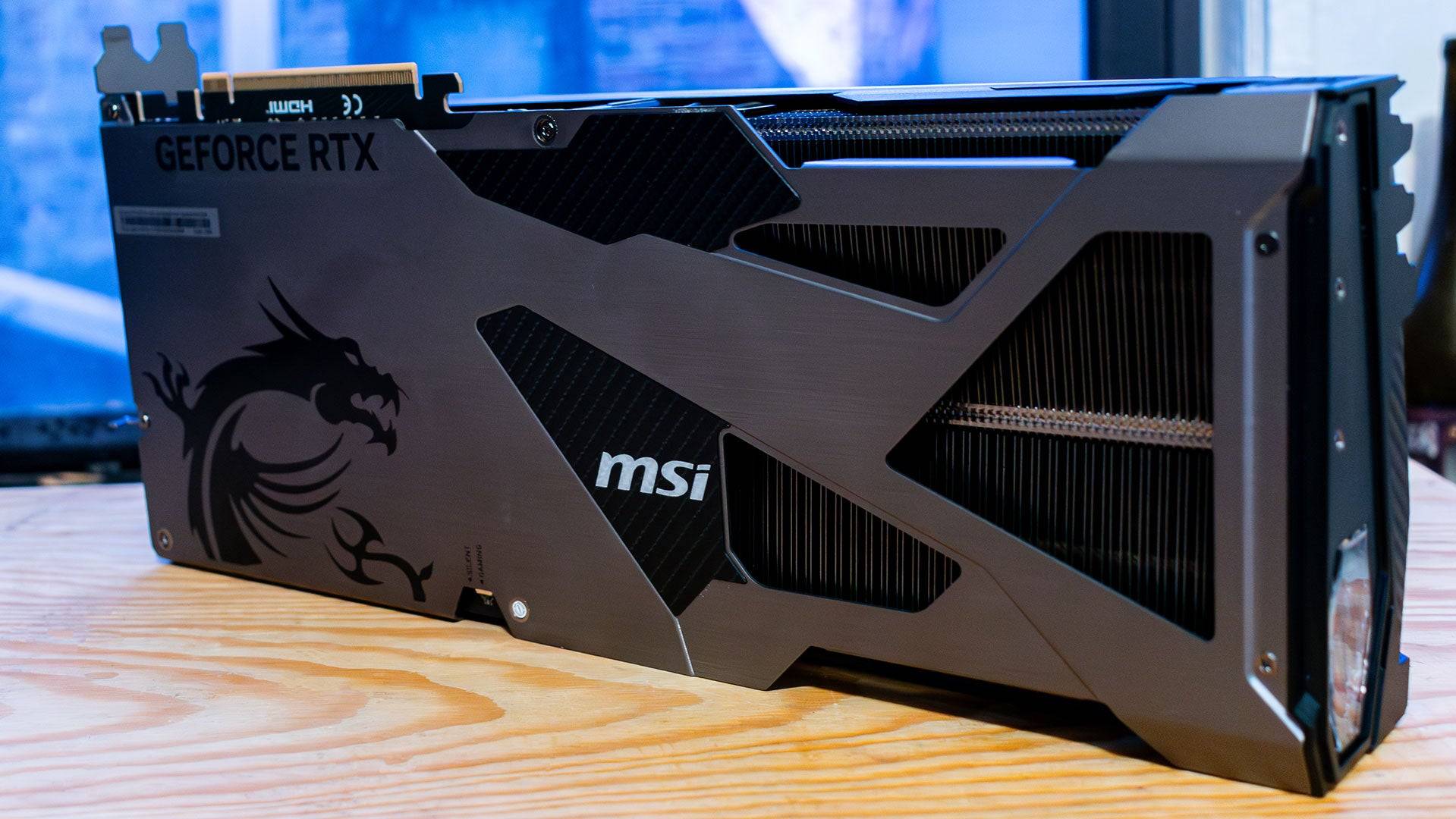
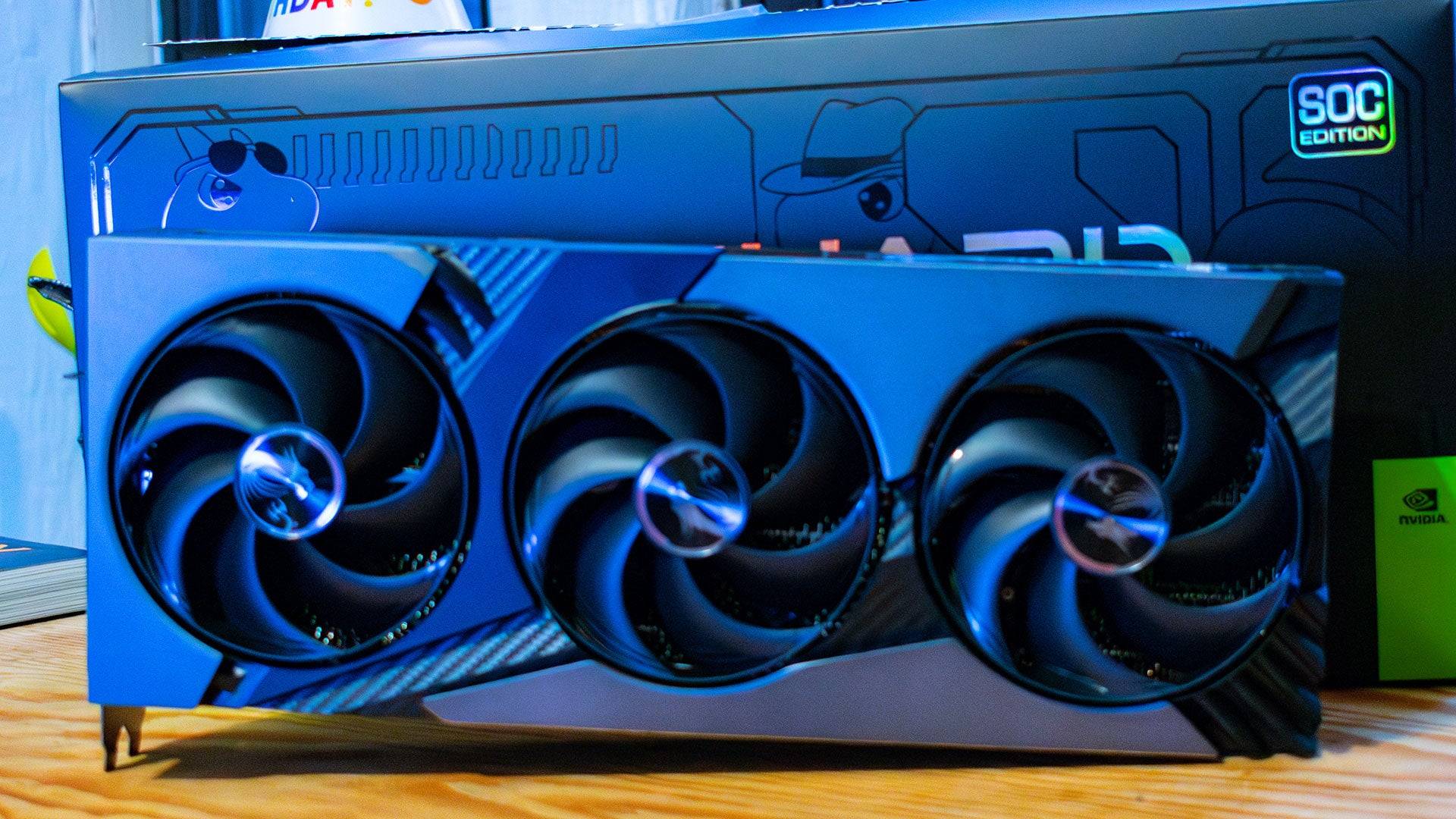 6 Images
6 Images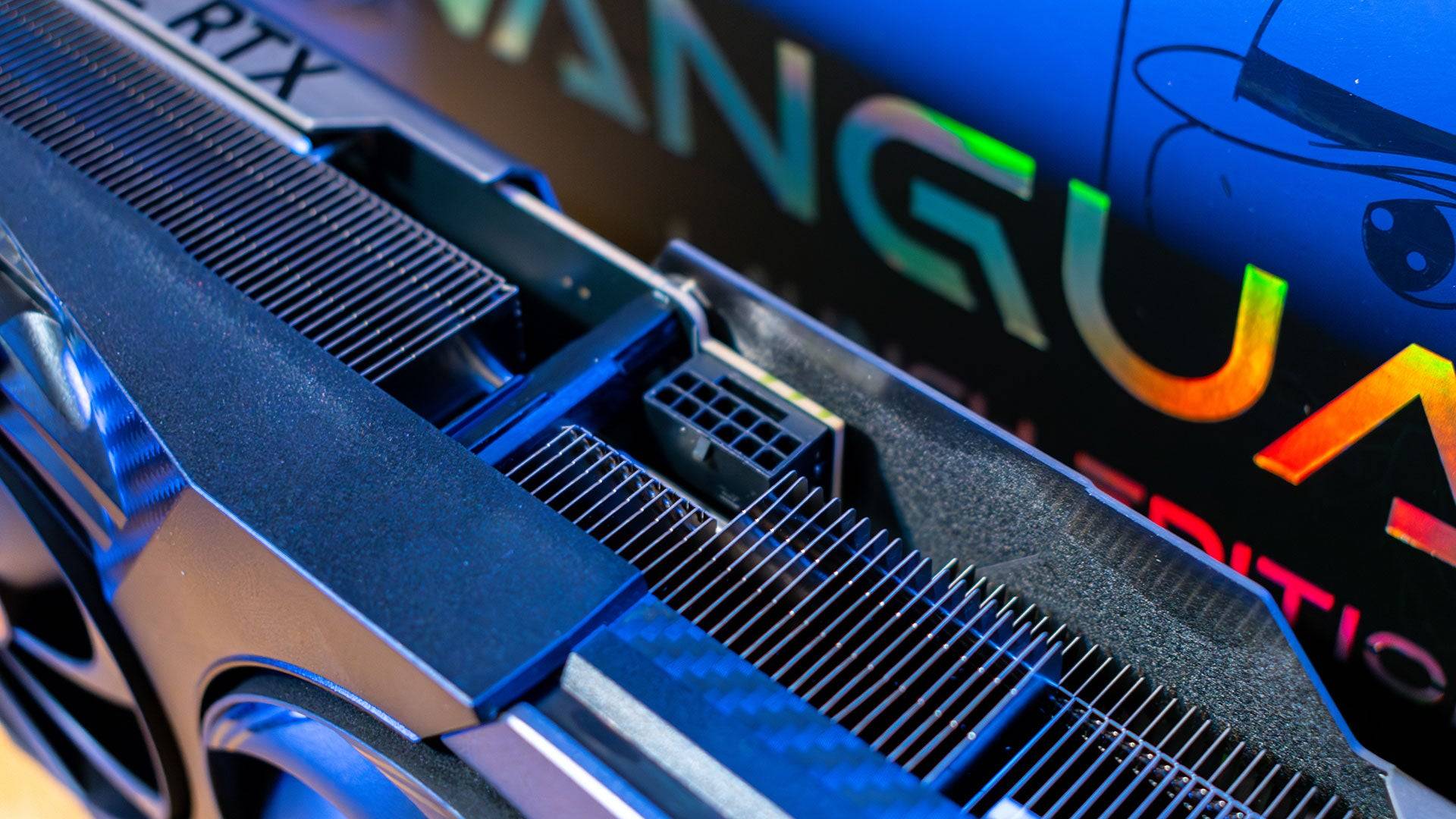
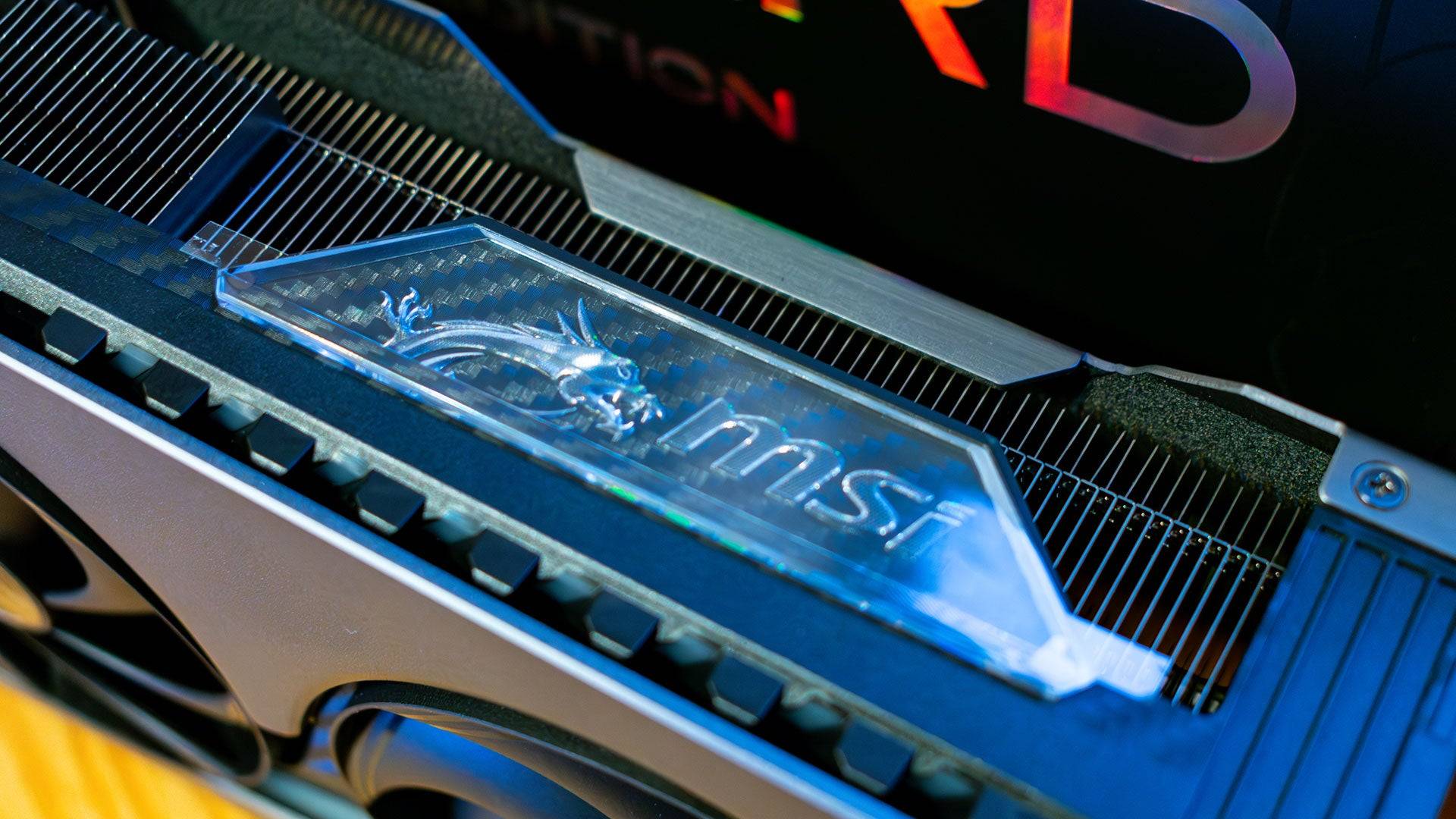
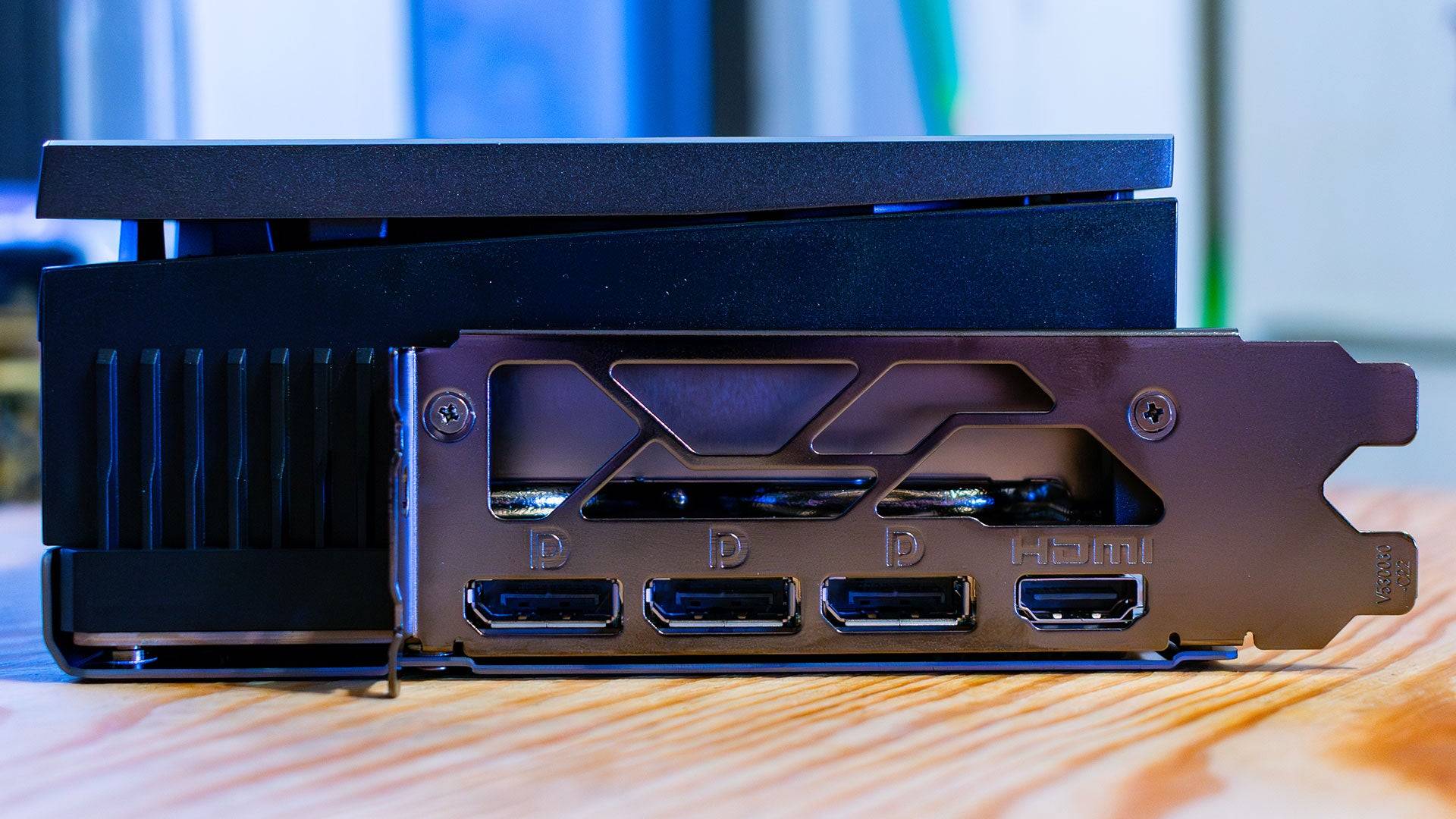

Specs and Features
The Nvidia GeForce RTX 5070 Ti is the third graphics card to utilize Nvidia’s Blackwell architecture, originally developed for AI-focused supercomputers. This architecture has been adapted for gaming GPUs while retaining its AI capabilities. The RTX 5070 Ti uses the same GB203 GPU as the RTX 5080 but with 14 streaming multiprocessors (SM) disabled, resulting in 70 SMs, 8,960 CUDA cores, 70 RT cores, and 280 Tensor Cores. It also comes with 16GB of GDDR7 RAM, though slightly slower than the RTX 5080.
The Tensor Cores are central to the RTX 5070 Ti's performance, enhancing AI upscaling and frame generation. The Blackwell architecture introduces an AI Management Processor (AMP) that streamlines GPU operations, previously managed by the CPU, improving efficiency for technologies like DLSS and frame generation. DLSS 4 now uses a Transformer model instead of a Convolutional Neural Network, significantly reducing ghosting and other artifacts for a cleaner image.
Additionally, DLSS 4 introduces "Multi-Frame Generation" (MFG), which can generate up to three frames per rendered frame, potentially quadrupling frame rates but increasing latency. Nvidia's Reflex technology helps mitigate this latency, ensuring smoother gameplay on high-refresh-rate monitors.
With a 300W Total Board Power budget, the RTX 5070 Ti is only slightly more power-hungry than its predecessors, the RTX 4070 Ti and RTX 4070 Ti Super. Nvidia suggests a 750W power supply, but for safety, an 850W PSU is recommended, especially for high-end models like the MSI Vanguard Edition reviewed.

DLSS 4 – Is It Worth It?
The RTX 5070 Ti's performance is commendable, but Nvidia's main attraction this generation is DLSS 4, particularly multi-frame generation. This technology is designed to maximize the potential of high-refresh-rate monitors, though it does not significantly reduce latency.
In Cyberpunk 2077, with the Ray Tracing Overdrive preset and DLSS set to performance, the RTX 5070 Ti achieved 46 fps with 43ms latency. Enabling 2x frame generation increased this to 88 fps, with latency rising to 49ms. With 4x frame generation, frame rates reached 157 fps, but latency increased to 55ms, offering a 3.4x frame rate increase with noticeable latency.
In Star Wars Outlaws, the RTX 5070 Ti managed 67 fps at 4K Max settings with DLSS on performance. With 2x frame generation, this increased to 111 fps, and latency dropped from 47ms to 34ms thanks to Reflex. However, 4x frame generation pushed the frame rate to 188 fps, with latency increasing to 37ms.
Multi-Frame Generation enhances smoothness on high-refresh displays but doesn't improve responsiveness. The minimal latency increases are manageable as long as you maintain a high frame rate, which the RTX 5070 Ti comfortably achieves at 4K.
Nvidia GeForce RTX 5070 Ti – Benchmarks
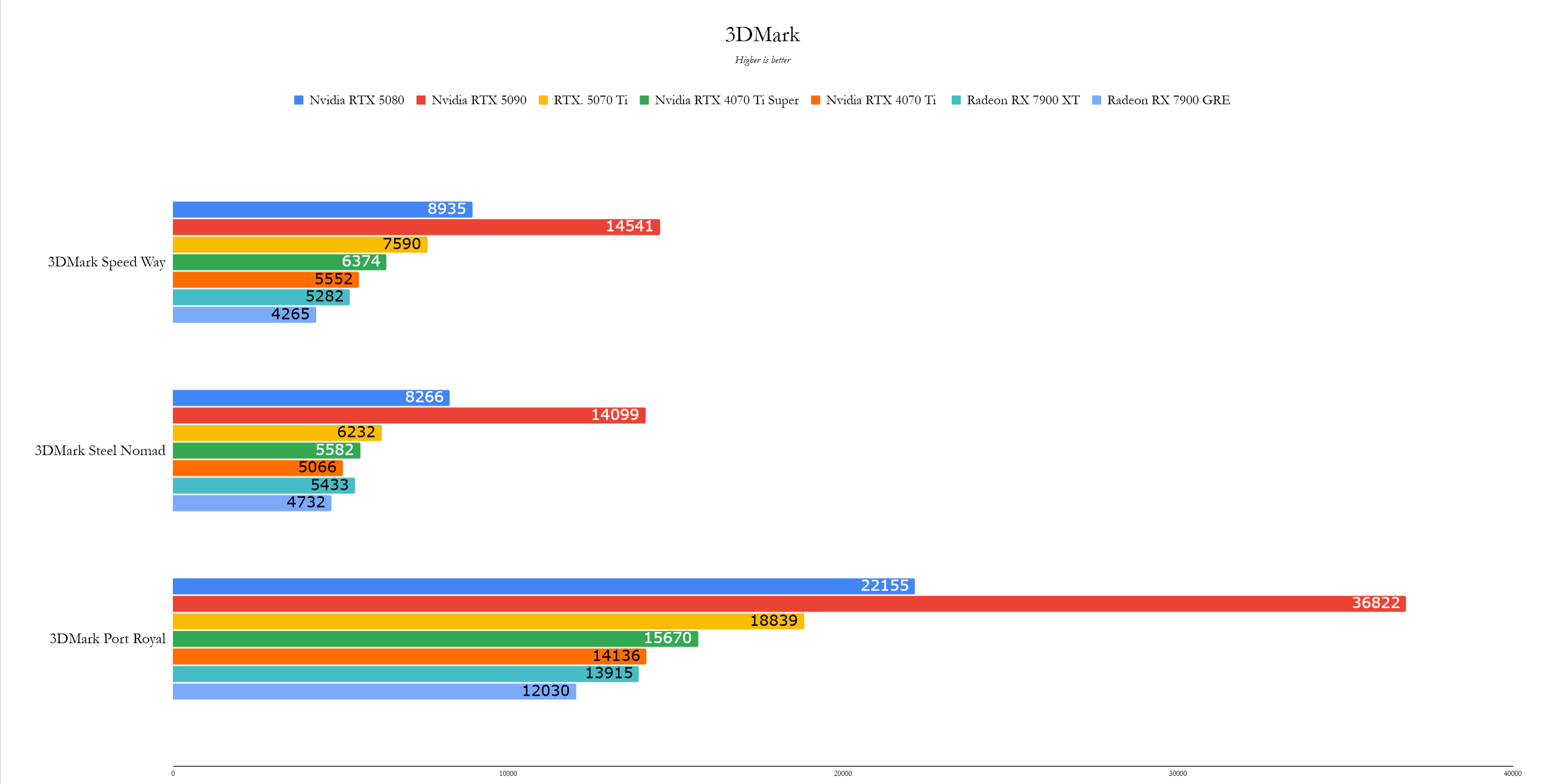
 12 Images
12 Images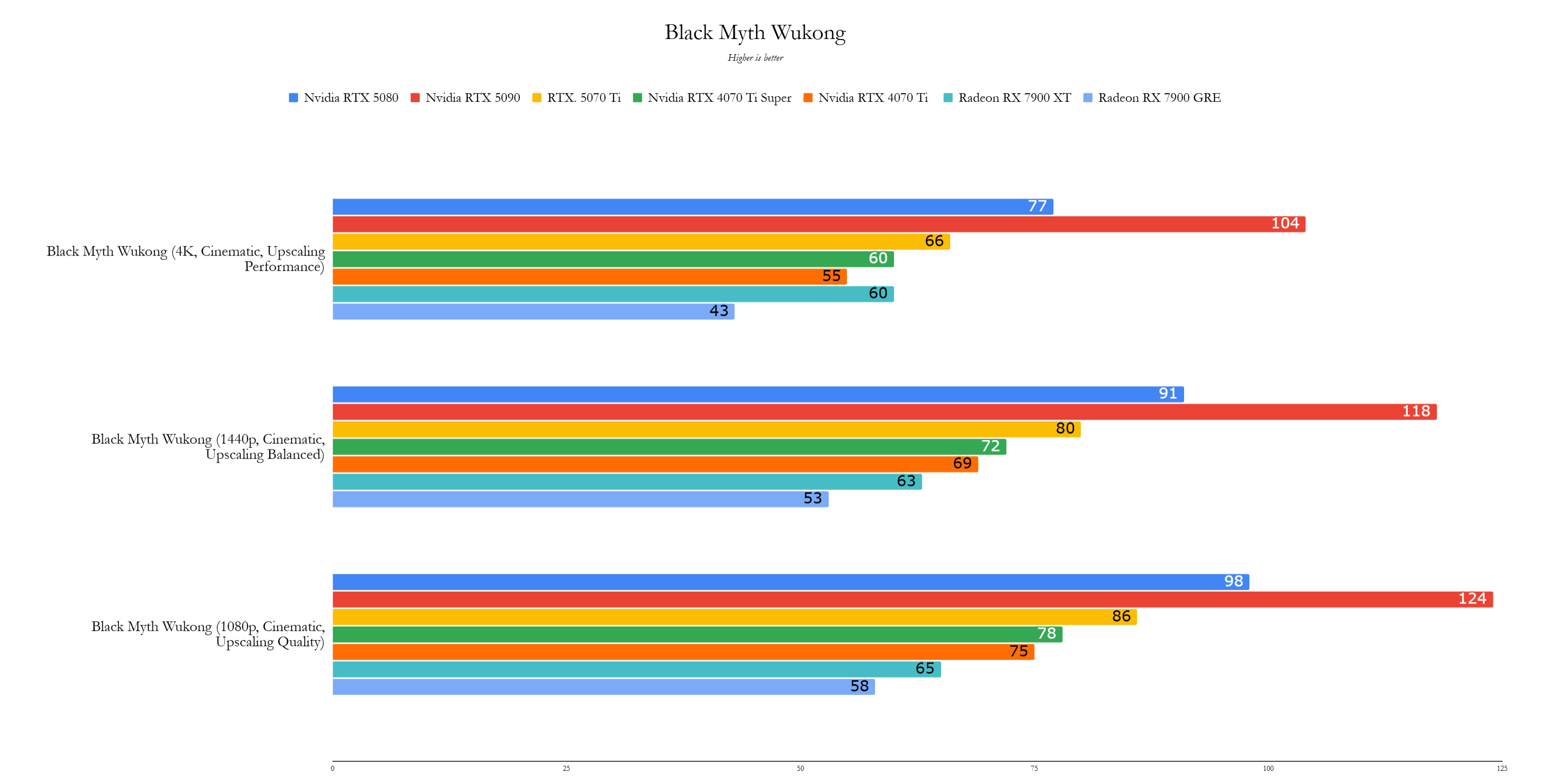
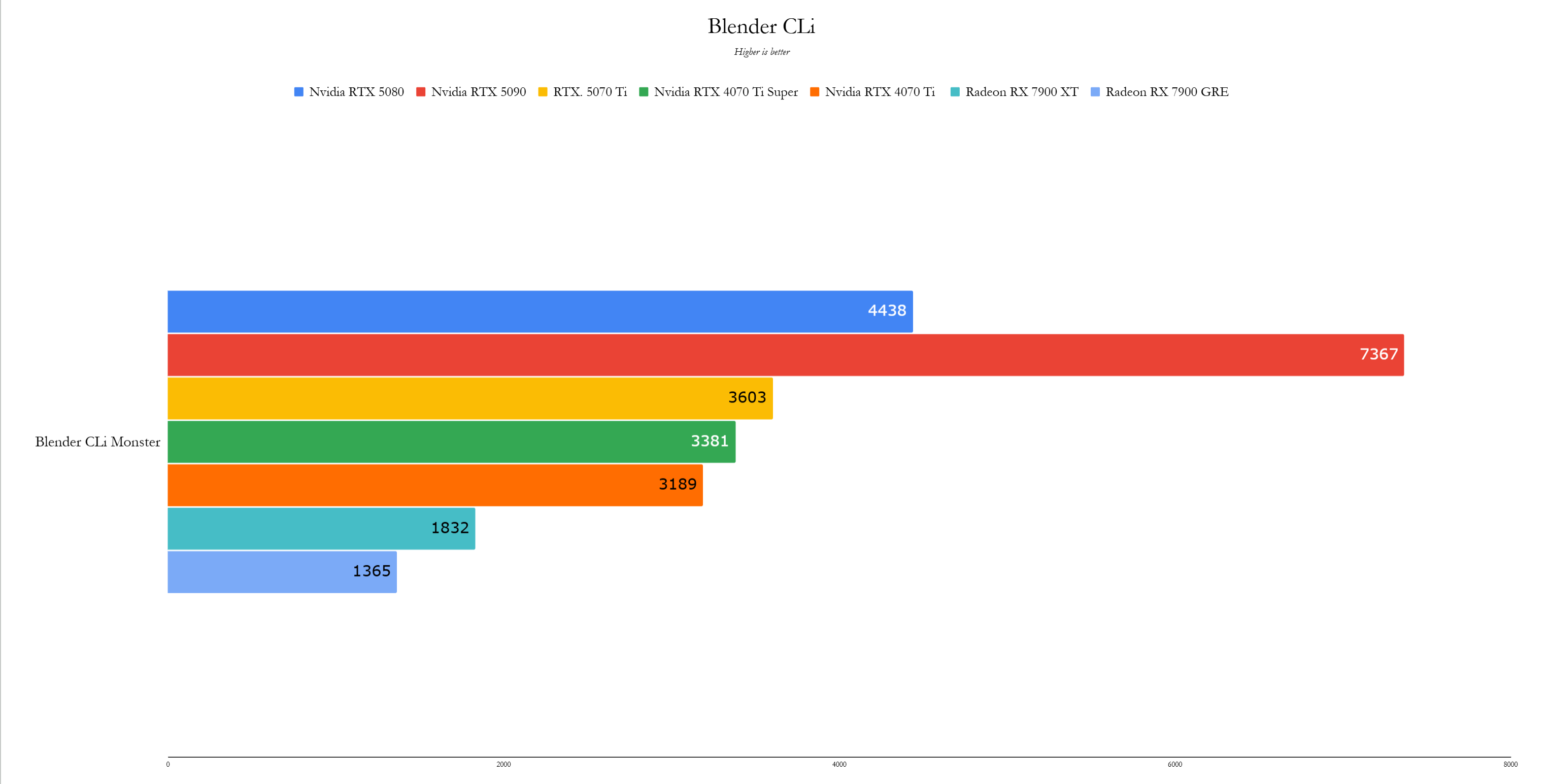
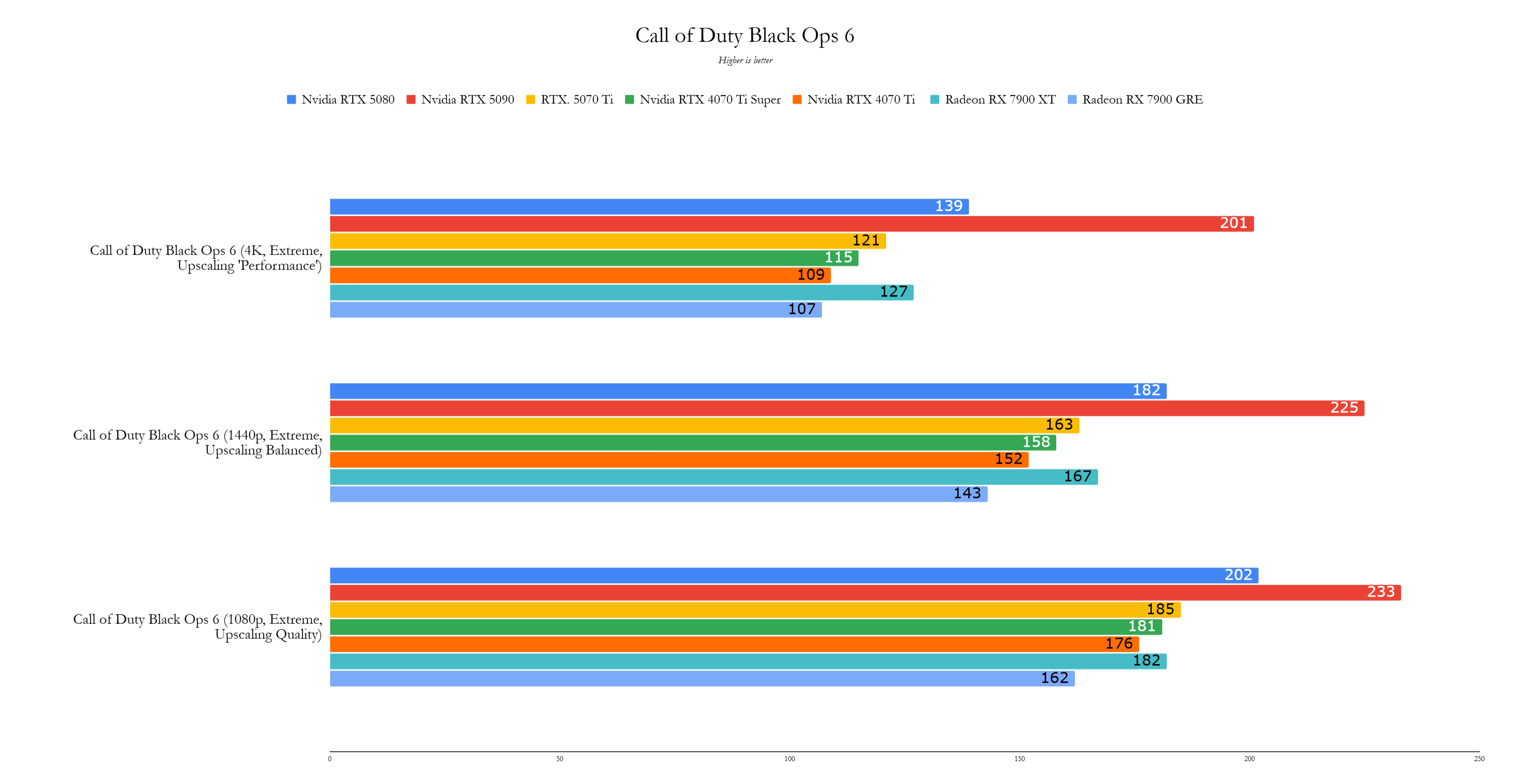

Performance
At 4K, the Nvidia GeForce RTX 5070 Ti outperforms the RTX 4070 Ti Super by about 11% and the RTX 4070 Ti by 21%, marking a significant generational improvement. It consistently delivers over 60 fps at 4K, even in demanding titles like Black Myth Wukong and Cyberpunk 2077.
My test system included an AMD Ryzen 7 9800X3D, an Asus ROG Crosshair X870E Hero motherboard, 32GB of G.Skill Trident Z5 Neo RAM at 6,000MHz, a 4TB Samsung 990 Pro SSD, and an Asus ROG Ryujin III 360 CPU cooler. The MSI RTX 5070 Ti Vanguard SOC was tested at stock settings to reflect the performance of the base GPU at its $749 MSRP.
All tests were conducted with the latest game versions and drivers. Nvidia cards, excluding the RTX 5070 Ti, used Game Ready Driver 572.42, AMD cards used Adrenalin 24.12.1, and the RTX 5070 Ti used a prerelease driver. Games were tested without frame generation, using DLSS or FSR as appropriate.
In 3DMark Speed Way, the RTX 5070 Ti scored 7,590 points, a 19% improvement over the RTX 4070 Ti Super and a 36% jump over the RTX 4070 Ti. In Port Royal, it achieved 18,839 points compared to 15,670 and 14,136 for the RTX 4070 Ti Super and RTX 4070 Ti, respectively.
In actual games, performance gains were slightly less pronounced. In Call of Duty: Black Ops 6 at 4K Extreme, the RTX 5070 Ti achieved 121 fps, a 5% improvement over the RTX 4070 Ti Super. In Cyberpunk 2077, it led by 9% and 17% over the RTX 4070 Ti Super and RTX 4070 Ti, respectively, maintaining 75 fps at 4K with Ray Tracing Ultra.
Metro Exodus: Enhanced Edition, tested without upscaling, saw the RTX 5070 Ti at 48 fps at 4K on the Extreme preset, compared to 45 fps for the RTX 4070 Ti Super and 42 fps for the RTX 4070 Ti. Red Dead Redemption 2 was an exception, with the RTX 5070 Ti slightly slower at 113 fps compared to 115 fps for the RTX 4070 Ti Super.
Total War: Warhammer 3, without ray tracing or upscaling, showcased the RTX 5070 Ti's rasterization prowess, achieving 78 fps at 4K max settings, a 15% and 30% improvement over the RTX 4070 Ti Super and RTX 4070 Ti, respectively.
In Assassin’s Creed Mirage, the RTX 5070 Ti reached 149 fps at 4K with the Ultra High preset, outperforming the RTX 4070 Ti Super and RTX 4070 Ti but falling just short of the Radeon RX 7900 XT's 150 fps.
Black Myth Wukong demonstrated the RTX 5070 Ti's capability, maintaining 66 fps at 4K with the Cinematic Preset and DLSS at 40%, a 10% improvement over the RTX 4070 Ti Super and matching the Radeon RX 7900 XT.
Forza Horizon 5, a title favoring high frame rates, saw the RTX 5070 Ti at 152 fps at 4K with the Extreme preset, a 15% and 21% improvement over the RTX 4070 Ti Super and RTX 4070 Ti, respectively, and a 10% lead over the Radeon RX 7900 XT.
In today's gaming landscape, even mid-range cards like the RTX 5070 Ti are considered suitable for 4K gaming. At its starting price of $749, the Nvidia GeForce RTX 5070 Ti offers the best value for money, especially for 4K enthusiasts. It provides a notable performance increase over its predecessor at a more affordable price than the $799 RTX 4070 Ti, making it a smart choice for those looking to upgrade.



























![City Devil: Restart [v0.2]](https://img.icssh.com/uploads/38/1719554737667e52b102f12.jpg)


